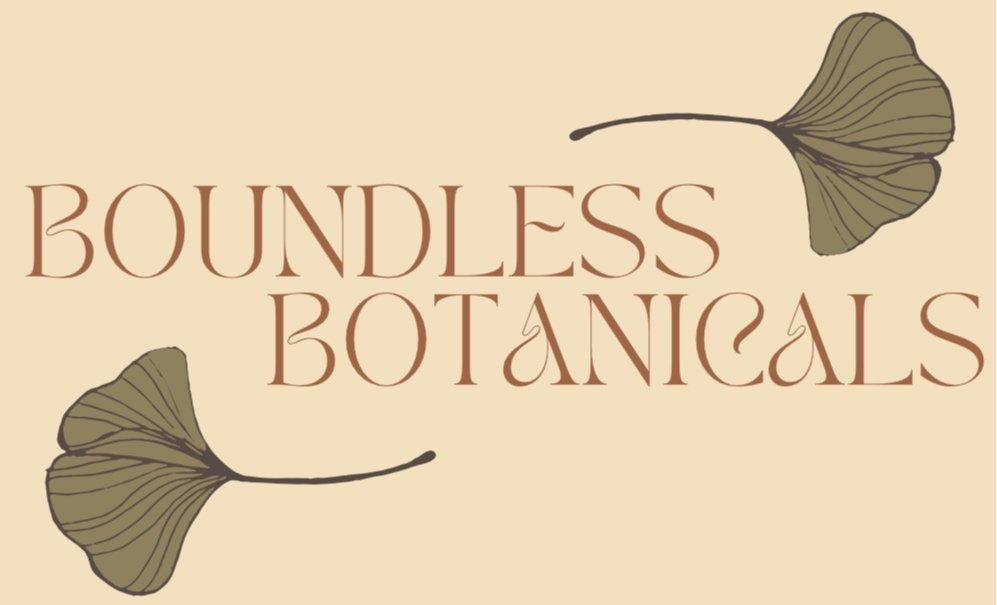Bitter is Better!
Have you ever eaten or drank something and instantly puckered from the bitter taste? Possibly an Aperol spritz, a negroni? While these cocktails are widely enjoyed, most American people have an aversion to bitter tastes, due to our overly sweetened diets. The truth is, most foods and herbs with medicinal qualities are going to be bitter, spicy or sour. Honey, maple, or other sweet herbs can be added to recipes and formulas to make them more tolerable, of course. “A spoonful of sugar helps the medicine go down” as Mary Poppins would say. However, with a little integration we can learn to tolerate and maybe even enjoy these less desirable tastes.
So, what are bitters? The Websters definition describes them as “a usually alcoholic solution of bitter and often aromatic plant products used especially in preparing mixed drinks or as a mild tonic.” In Western Herbalism, it is a category of medicinal preparations used mainly as digestive aids. Essentially, bitters are a tincture of aromatic and bitter plants. The solution is usually alcohol or vinegar.
The word bitter is also recognized by Eastern Medicine as one of The Five Tastes. Sweet, bitter, spicy, salty and sour. These tastes are used to determine the actions of each plant, categorize them as heating or cooling, and to target which organs they nourish. This is the basis for the system of energetics. Bitter tastes are cooling, drying, detoxifying and anti-inflammatory. They work to protect the body from parasites and clear cholesterol from the blood. Funny enough, sweet cravings can often be curbed by ingesting more bitter foods and herbs.
Chinese Medicine classifies bitter tonics as yin and tend to flow downwards in the body. They disperse excess in the Spleen and tonify the Kidneys. According to Ayurveda, herbs in this category are the strongest for lowering high pitta and help to reduce kapha. Where they shine the most is in digestive function. As soon as you taste something bitter on your tongue, your brain says something like “oh man, that’s gnarly!” It then sends a signal to the gall bladder to stimulate the secretion of bile. This in turn sparks the digestive fire and before you know it you are digesting kale and beans, no problem!
Modern research now tells us that this mechanism is caused by a nerve reflux from the bitter taste buds and increased vagal stimulation. This leads to increased gastric acid secretion as well as pepsin, a key enzyme for protein digestion. Scientists believe that this reflex may have developed as a protective mechanism since many poisonous substances taste bitter.
Many cultures have a long history with bitters. The popular bitters brand, Angostura, was created by Dr. Johann Siegert in 1824 as a medicinal tonic for the soldiers in Venezuela. In Holland, older people would celebrate “bitter hour” in the early evening. They’d consume bitter foods and drinks to support their fading digestive powers. Bitter drinks taken before meals are still called aperitifs.
Here’s my go-to aperitif using Bitter Bliss Digestive Bitters:
Bitter Bliss Spritz
6 oz San Pellegrino
1 oz Grapefruit Juice
3 ml Bitter Bliss Digestive Bitters
Garnish with fresh mint







